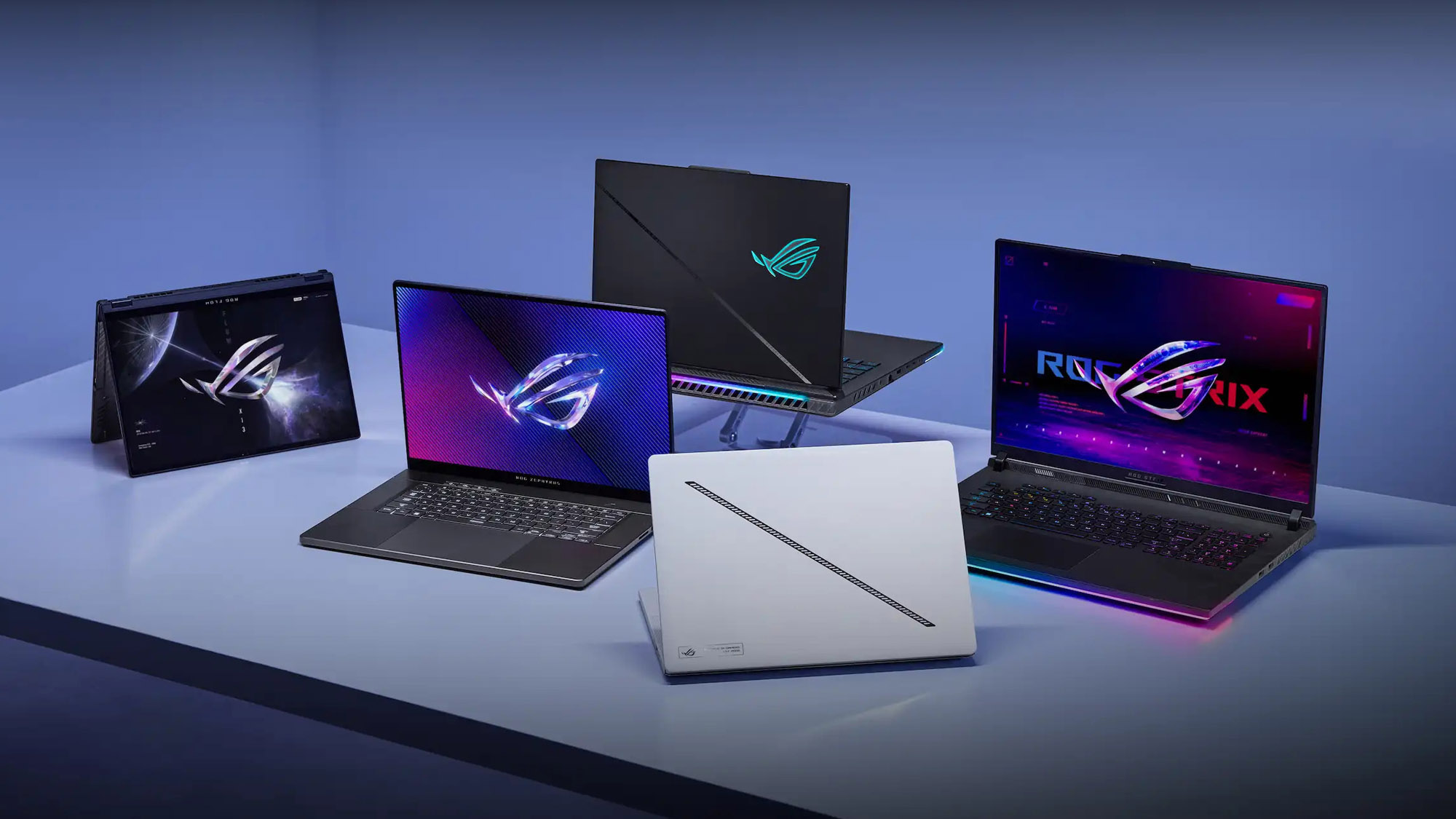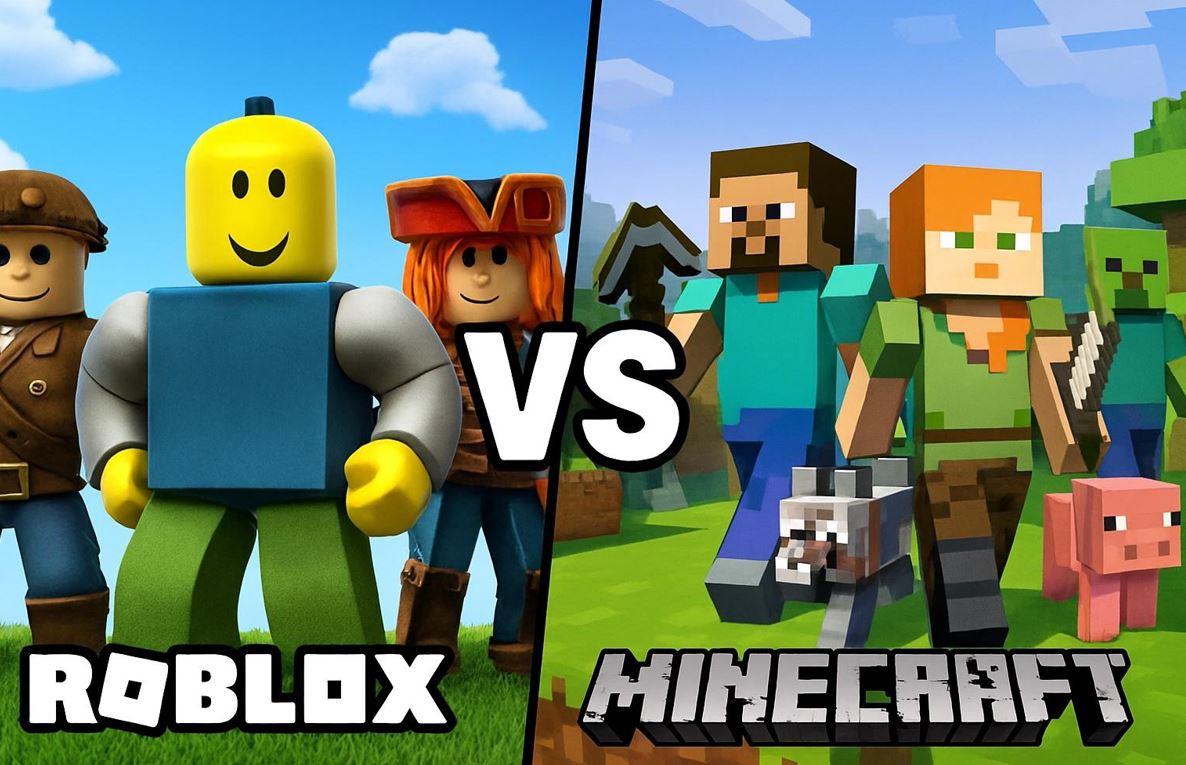Cloud gaming has come to the forefront as a transformative trend in the gaming industry and has gained significant traction in recent years. Unlike traditional gaming setups that rely on powerful local hardware, cloud gaming leverages remote servers to process and render game content, with the results streamed to the user’s device.
The rise of cloud gaming (or game streaming) prompts a re-evaluation of the hardware-centric approach and raises questions about the future of PC components in a landscape where processing power is decentralized. Let’s explore the durability of cloud gaming as a trend and its potential long-term implications for the PC hardware industry.
What is Cloud Gaming?
Cloud gaming represents a paradigm shift in the way games are played and delivered. It involves offloading the computational workload from the user’s device to powerful remote servers. Players interact with the game through streaming, and the server’s output is sent back to the user’s device. Key players in the game streaming industry include industry giants like Microsoft with Xbox Cloud Gaming (formerly Project xCloud), Sony with PlayStation Plus, and NVIDIA with GeForce Now.
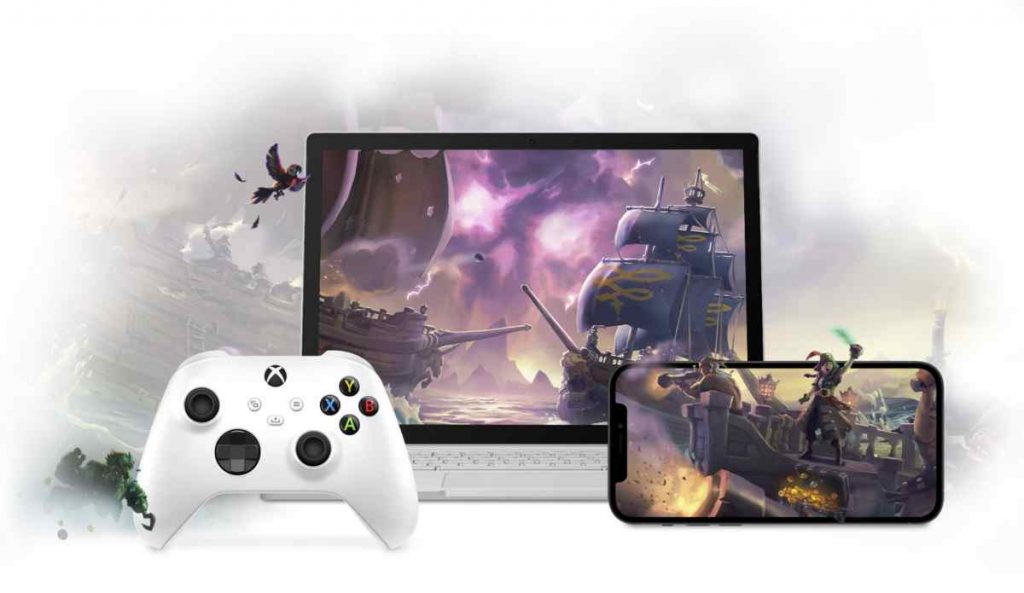
The evolution of cloud gaming technology has been remarkable, with advancements in server capabilities, improved compression algorithms, and enhanced streaming protocols. These developments have contributed to a relatively seamless and immersive gaming experience for users.
Advantages of Cloud Gaming
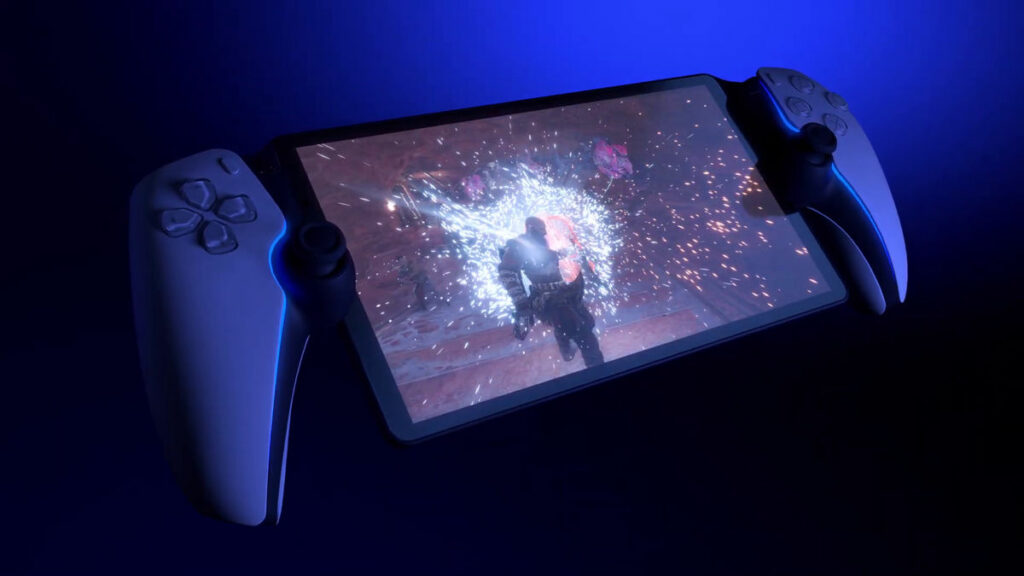
Accessibility and Convenience
- Multi-Device Access: Cloud gaming allows users to play their favorite titles on various devices, from smartphones to low-end PCs, providing unparalleled flexibility.
- Instant Access to Games: Eliminates the need for lengthy downloads and installations, offering near-instant access to a vast library of games.
Lower Entry Barriers for Gamers
- Reduced Hardware Costs: Game streaming mitigates the need for high-end gaming hardware, making gaming more financially accessible to a broader audience.
- Democratization of Gaming: Enables individuals without dedicated gaming consoles or powerful PCs to participate in high-quality gaming experiences.
Potential Cost Savings for Gamers
- Subscription Models: Many game streaming services offer subscription-based models, potentially saving gamers money compared to the upfront cost of purchasing gaming hardware.
- Shared Resources: Cloud gaming allows multiple users to access the same server resources simultaneously, optimizing infrastructure costs.
Technological Advancements Enhancing Performance
- Real-Time Ray Tracing: Cloud gaming platforms are integrating advanced graphics technologies, such as real-time ray tracing, providing visually stunning gaming experiences.
- AI-Driven Enhancements: Artificial intelligence is being employed to enhance gameplay, adapt to user preferences, and improve overall gaming performance.
Challenges and Concerns
Latency Issues and Impact on Gaming Experience
- Real-Time Responsiveness: Achieving low-latency communication between user devices and remote servers remains a challenge, especially for fast-paced or competitive games.
- Geographical Variability: Latency can vary based on the user’s location in relation to server locations, affecting the consistency of gaming experiences.
Dependence on Internet Infrastructure
- Bandwidth Requirements: High-quality gaming experiences demand robust internet connections, potentially limiting accessibility in regions with inadequate infrastructure.
- Data Caps and Restrictions: Users with limited data plans may face challenges, especially in markets where unlimited internet access is not prevalent.
Privacy and Security Concerns
- Data Vulnerability: Storing user data on remote servers raises concerns about data security and potential vulnerabilities.
- Third-Party Involvement: The involvement of third-party cloud service providers introduces additional layers of potential risk to user data.
Potential Limitations for Competitive Gaming
- Frame Rates and Resolution: Competitive gamers may find it challenging to achieve the high frame rates and resolutions offered by dedicated gaming hardware.
- Customization Limitations: Enthusiasts who enjoy customizing their gaming rigs may feel restricted in a cloud gaming environment where hardware configuration is predetermined.
Technological Developments
Technological innovations are playing a crucial role in shaping the future of cloud gaming. Edge computing, with its promise of reduced latency by processing data closer to the user, holds the potential to address one of the key challenges of cloud gaming. Advances in streaming technology are continuously refining the quality and responsiveness of game streaming experiences.
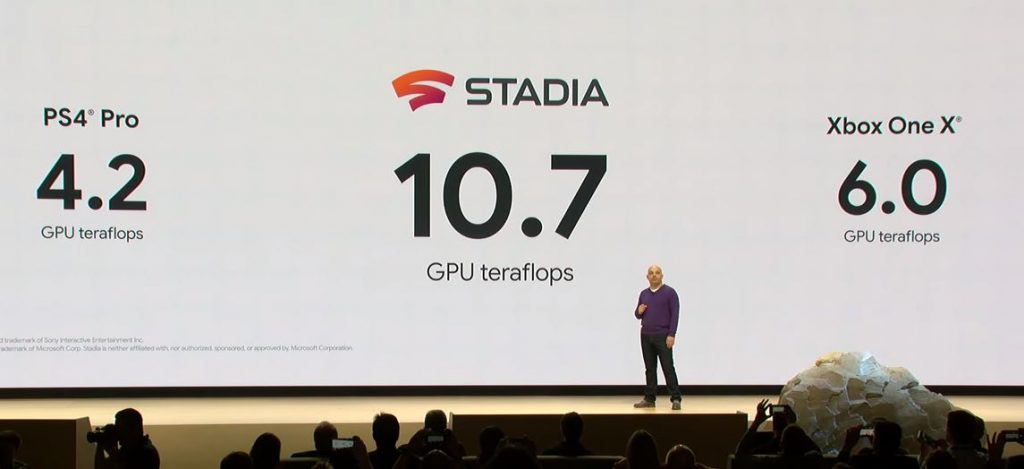
Integration with emerging technologies, such as 5G and AI, further augments the capabilities of cloud gaming platforms. Cross-platform compatibility and integration enable seamless transitions between gaming sessions on different devices, contributing to a more flexible and interconnected gaming ecosystem.
The Future of Cloud Gaming
The future of cloud gaming holds tremendous promise, poised to revolutionize the way we play and experience video games. With the advancement of high-speed internet connectivity and the development of powerful cloud infrastructure, gamers can dream of seamless and immersive gaming experiences without the need for expensive gaming hardware. Cloud gaming services, such as GeForce Now, have already made significant strides in allowing players to stream games directly to their devices, eliminating the need for massive downloads and installations. As technology continues to evolve, we can anticipate even more refined graphics, reduced latency, and expanded game libraries, making game streaming an attractive option for casual and hardcore gamers alike.

Furthermore, the future of cloud gaming is likely to witness increased collaboration between gaming platforms and other entertainment mediums. Integrations with virtual reality (VR) and augmented reality (AR) technologies could take gaming to new heights, creating immersive and interactive experiences that transcend traditional boundaries. As cloud gaming becomes more mainstream, it has the potential to democratize access to high-quality gaming content, allowing gamers to enjoy their favorite titles on a variety of devices, from smartphones to smart TVs, with minimal hardware requirements.
EXCLUSIVE – Details on PlayStation's 'Project Cronos' Cloud Streaming For The PS5https://t.co/zjObg9NXdr
— Insider Gaming (@InsiderGamingIG) August 9, 2023
While challenges such as bandwidth limitations and latency issues need to be addressed, the trajectory of cloud gaming suggests a future where the barriers between gamers and their favorite titles are further eroded, ushering in a new era of accessible and dynamic gaming experiences.
Impact on PC Hardware Sales
The ascent of cloud gaming has triggered a re-evaluation of PC hardware sales trends. Traditional gaming setups, characterized by high-end GPUs and CPUs, may witness a shift in consumer behavior as cloud gaming reduces the need for such robust local hardware. PC hardware companies are adapting to this changing landscape by diversifying their product offerings.
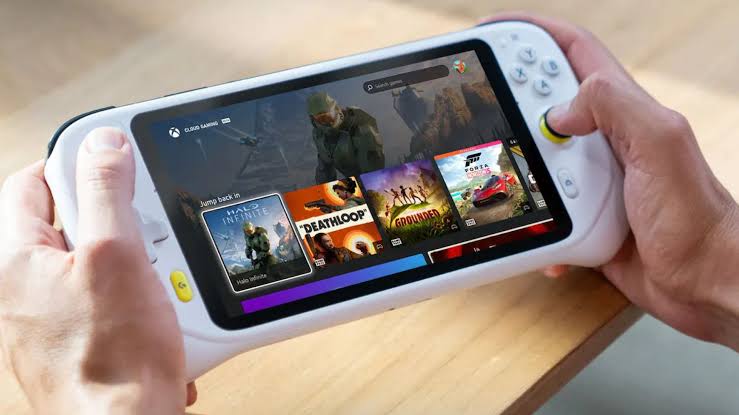
Rather than solely focusing on high-performance components, companies are exploring partnerships with cloud gaming services, developing hardware tailored for game streaming, and incorporating features that cater to the evolving needs of users in a cloud-centric gaming environment. We have already seen the release of dedicated handheld devices like the PlayStation Q Cloud that focus solely on cloud gaming.
Bottom Line
The sustainability of cloud gaming in the gaming industry hinges on a delicate balance between advantages and challenges. Despite obvious challenges, the accessibility, convenience, and potential cost savings offered by cloud gaming are compelling factors that drive its popularity. While cloud gaming may not replace traditional gaming entirely, it undoubtedly represents a lasting and transformative trend that demands attention and adaptation from the PC hardware industry.
Thank you! Please share your positive feedback. 🔋
How could we improve this post? Please Help us. 😔
[Reviews Specialist]
Usman Saleem brings 8+ years of comprehensive PC hardware expertise to the table. His journey in the tech world has involved in-depth tech analysis and insightful PC hardware reviews, perfecting over 6+ years of dedicated work. Usman’s commitment to staying authentic and relevant in the field is underscored by many professional certifications, including a recent one in Google IT Support Specialization.
8+ years of specialized PC hardware coverage
6+ years of in-depth PC hardware analysis and reviews
Lead PC hardware expert across multiple tech journalism platforms
Certified in Google IT Support Specialization
Get In Touch: usman@tech4gamers.com


 Threads
Threads